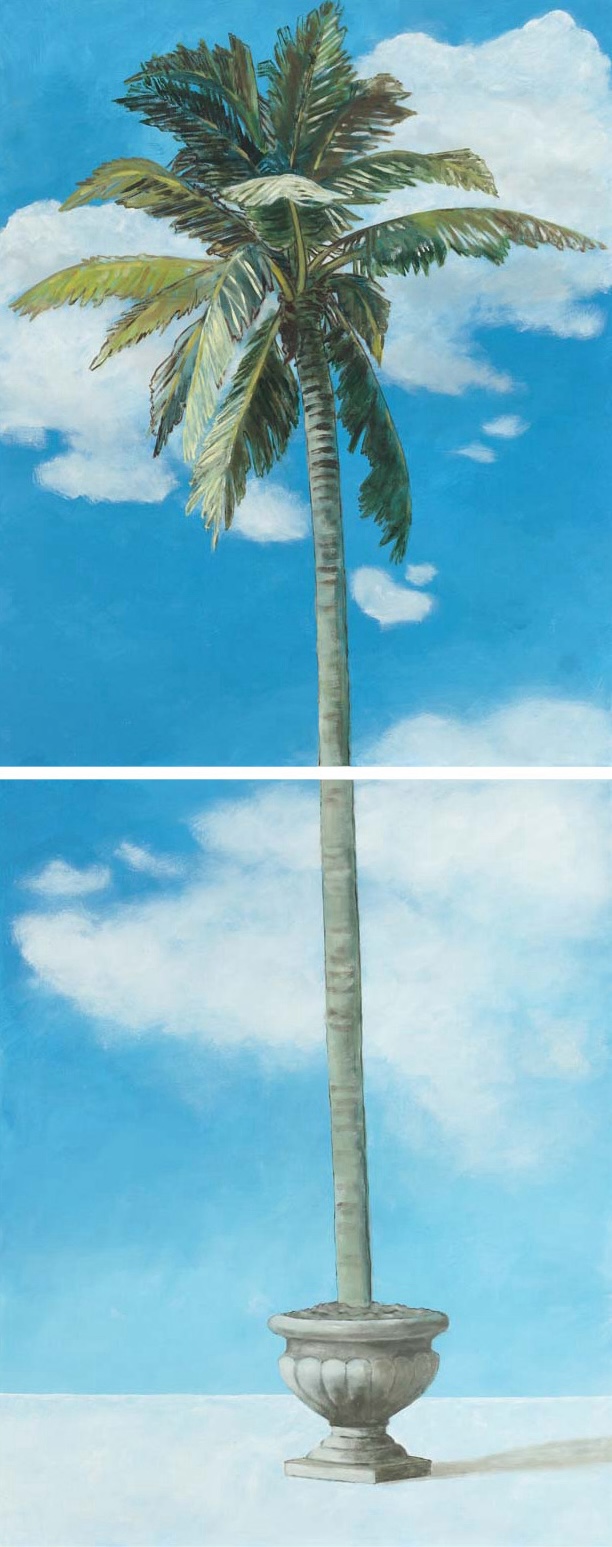Engaging with Tapa and Ngatu
Creating Space for Storying About Tongan Identity and Culture in Aotearoa New Zealand
DOI:
https://doi.org/10.18432/ari29746Anahtar Kelimeler:
Tonga- koloa fakatonga- tapa- ngatu- Tongan identityÖzet
The making and gifting of koloa faka-Tonga (women’s valuables, also known as koloa) has been an integral part of Tongan identity and culture for as long as anyone can remember. Working collaboratively on tapa and ngatu provides space for discussions and understanding, and reflections of Tongan identity and culture. The practice of gifting koloa has continued outside of the Kingdom of Tonga as Tongans migrate for new opportunities, including Aotearoa New Zealand (henceforth Aotearoa NZ). Using two different examples, this article will explore, through talatalanoa, how Tongan family partnerships working with tapa/ngatu in contemporary ways are sites of intergenerational knowledge sharing through art practices in Aotearoa NZ. Sulieti Burrows and Tui Emma Gillies are a mother-daughter partnership of tapa artists who work and reside in Aotearoa NZ and use their time together to share stories and make tapa works depicting what concerns them in contemporary society. Also residing in Aotearoa NZ, Lavinia and Fire Fonua are a mother-son partnership who turn koloa into contemporary personal adornment, alongside Fire’s wife, Sonia. In this article, the four Tongan authors’ reflections on inter-generational knowledge sharing and practices related to koloa making and gifting are described and illustrated using examples of their work. Their diverse stories also reflect on Tongan material culture, and Tongan identity, and demonstrate how working on practices that centre koloa provides opportunities to consider what it means to be Tongan in Aotearoa NZ, and how Tongan ways of being, knowing, and doing are valued as tu’atonga.
İndir
Yayınlanmış
Nasıl Atıf Yapılır
Sayı
Bölüm
Lisans
Telif Hakkı (c) 2024 Sonia M. Fonua, Fire U. F. A. T. M. I. Fonua, Lavinia T. Fonua, Sulieti Fieme’a Burrows, Tui Emma Gillies

Bu çalışma Creative Commons Attribution-NonCommercial-NoDerivatives 4.0 International License ile lisanslanmıştır.
Authors who publish with Art/Research International agree to the following terms:
a. Authors retain copyright and grant the journal right of first publication and the right to sublicense the Contribution, in the form in which it is published by the journal, to others under the terms and conditions of the of the Creative Commons Attribution-NonCommercial-NoDerivs (CC BY-NC-ND) that allows others to download the work and share the work with others with an acknowledgement of the work's authorship and initial publication in this journal, but they cannot change the work in any way or use any part of the work commercially.
b. Authors are able to enter into separate, additional contractual arrangements for the non-exclusive public distribution and display of the journal's published version of the work (e.g., post it to an institutional repository or publish it in a book), with an acknowledgement of its initial publication in this journal.
c. Authors are permitted and encouraged to post their work online (e.g., in institutional repositories or on their website) prior to and during the submission process, as it can lead to productive exchanges, as well as earlier and greater citation of published work (See The Effect of Open Access).
d. Authors wishing to include items (such as images or other media, or any creative works of others whether previously published or not) must contact the original copyright holder to obtain explicit permission to publish these items in Art/Research International. Writing permission should include: the title(s) of any copyrighted work, original place of publication if applicable, and an acknowledgement of having read Art/Research International's copyright notice. Authors are responsible for obtaining this permission and keeping it in their own records for later verification.



